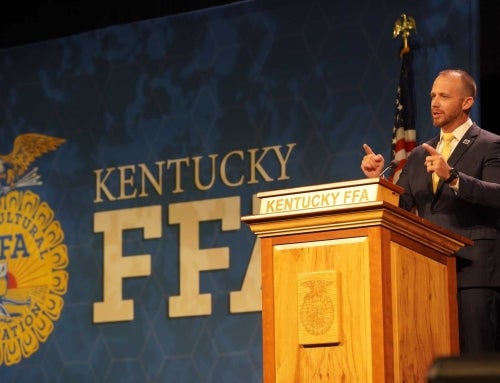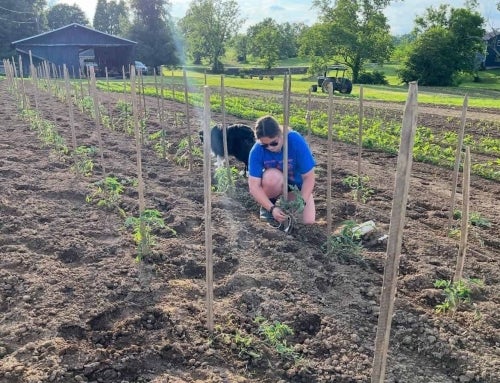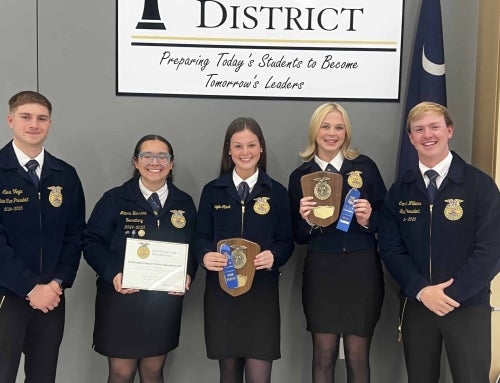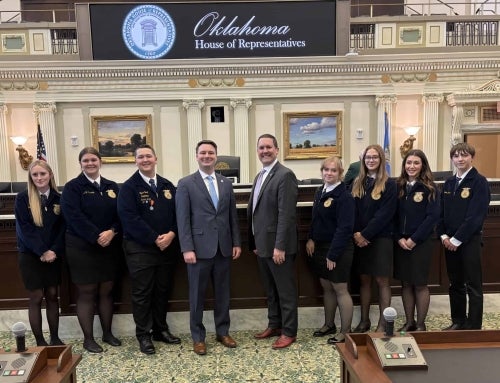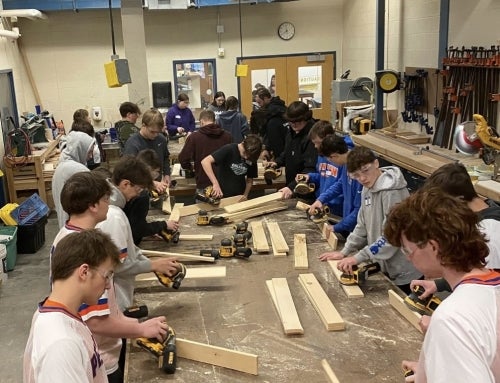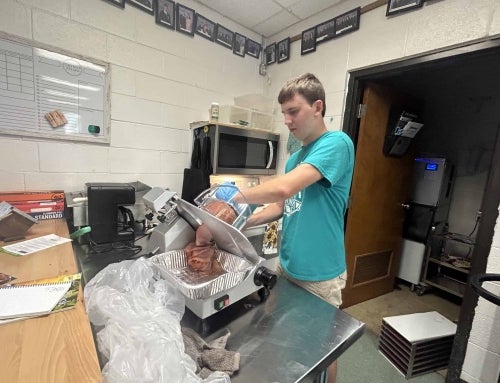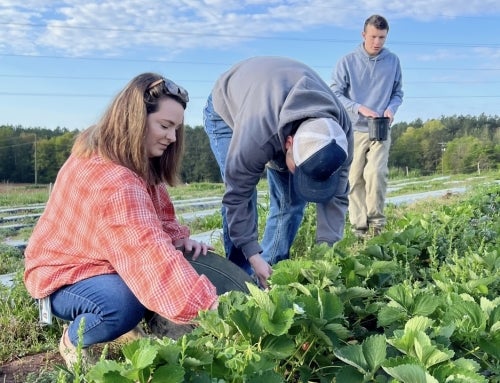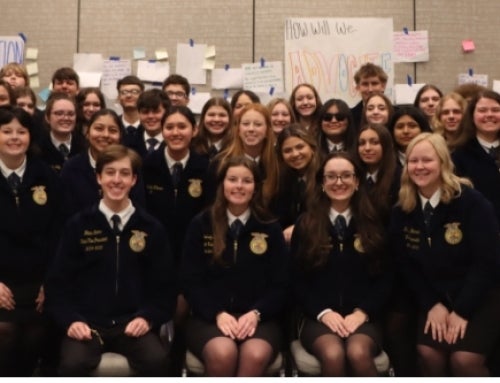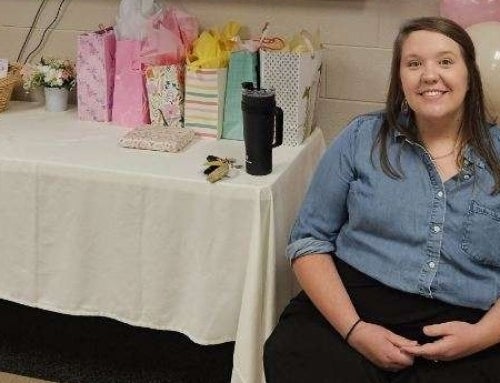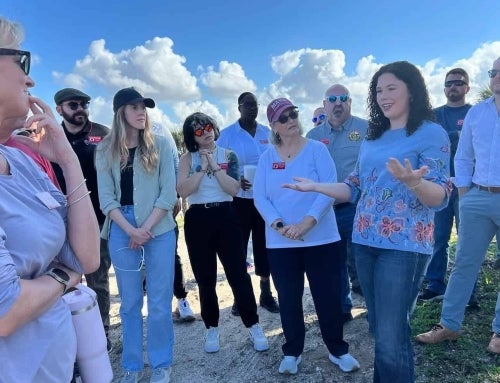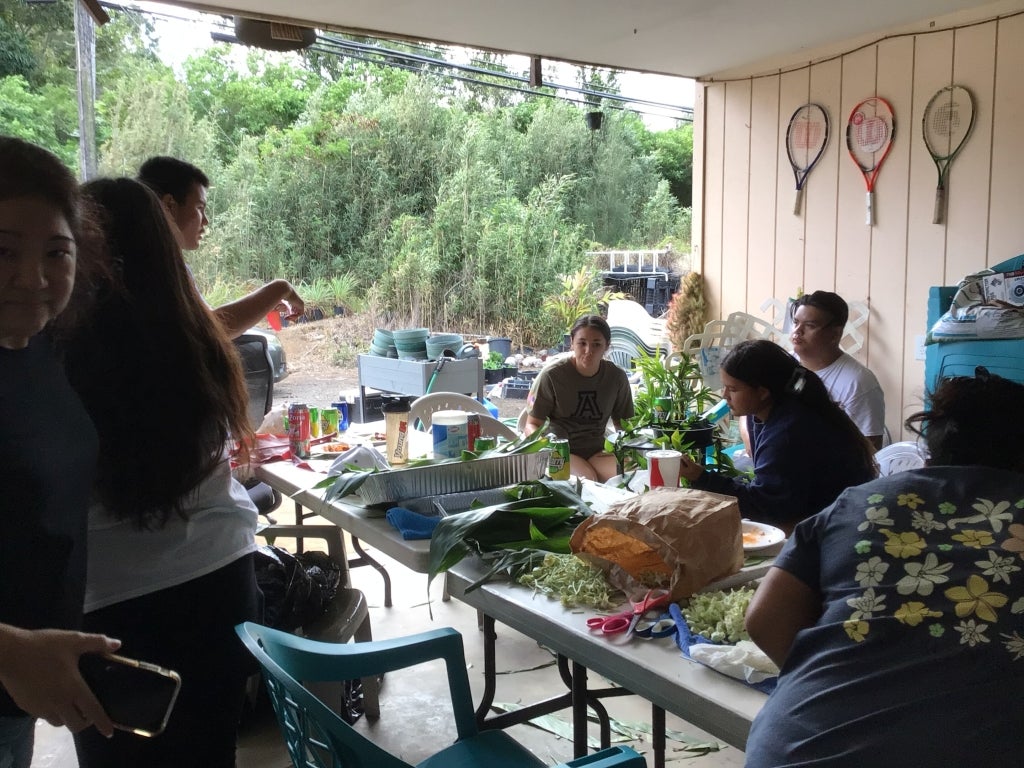
Kenneth Matsuda (wearing the white shirt) oversees a lei-making gathering with fellow FFA members
In Hawaii, where Supervised Agricultural Experiences (SAEs) are not the status quo, Kohala High FFA Member Kenneth Matsuda is pursuing a unique, culturally rich project with Hawai’i weaved into every step.
Matsuda is a senior at Kohala High School on Hawai’i island and is serving as the 2024-25 Hawaii FFA state president. His SAE is the care and exposure of a community lei garden.
A lei is a Hawaiian wreath of flowers usually hung around the neck. With cultural ties spanning across Pacific Oceania, the lei is a symbol of love, gratitude and Aloha. Its historical origins date back to the beginning of Hawai’i itself, making it an important representation of Hawaiian culture.
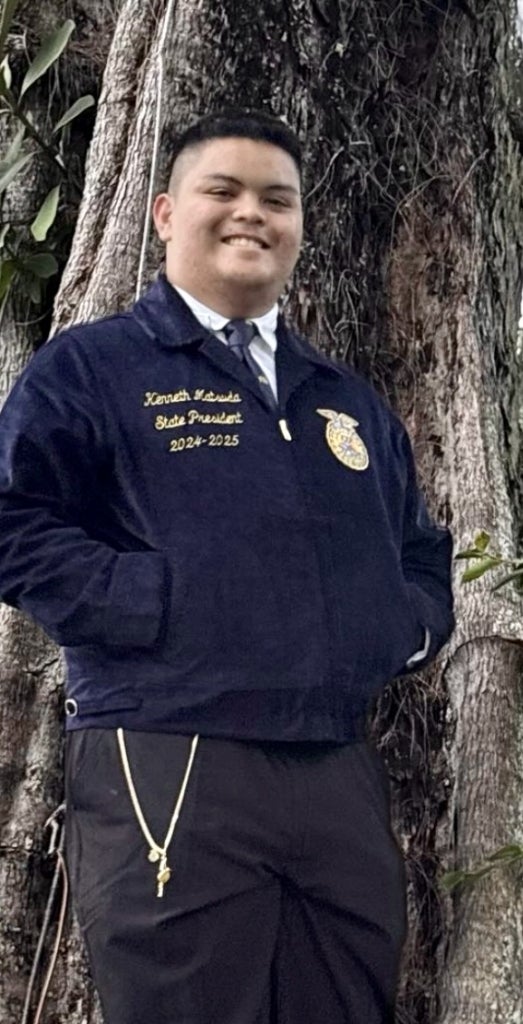
Kenneth Matsuda in his Hawai’i FFA Association jacket.
Doing To Learn
The lei garden Matsuda oversees is a demonstration of the link between agricultural education and community. “My SAE project has reached out to all levels of education in our Kohala community — the high school, middle school and elementary school,” he says.
In Hawai’i, the economy in the 21st century revolves primarily around tourism. This takes attention, funding and focus away from agriculture in the state. Through his SAE, Matsuda touches the lives of students of all ages throughout his community, whether they’re interested in agriculture or not.
“This project has us go to other places on the island to learn about native plants that we can bring back to our garden,” Matsuda says.
Hawai’i, among other names, is referred to as the Endangered Species Capital of the World. Despite being less than 1% of the nation’s total landmass, Hawai’i contains up to 25% of America’s total endangered species. Through his project, Matsuda works with multiple endangered and endemic (native) Hawaiian plant species such as ‘Ōhi’a lehua, Kukui, Ti Leaf and Koa.
“I hope my SAE inspires the up-and-coming youth to take on jobs that promote and preserve native species for their environmental and cultural purposes,” Matsuda says.
FFA and SAEs in Hawaii
According to Ken Kozuma, a former Hawaii FFA state advisor, only a fraction of the high schools in Hawaii participate in FFA, and even fewer have their students regularly do SAEs. “However, there’s been a really big push within the state for all schools to include FFA and SAEs as part of their regular curriculum,” he adds.
There are 24 chapters and counting throughout Hawaii FFA. In a state where FFA chapters, much less SAEs are uncommon, Matsuda is “lei-ing” the groundwork for the future of Hawaii FFA, making strides culturally, ecologically and connectively.


